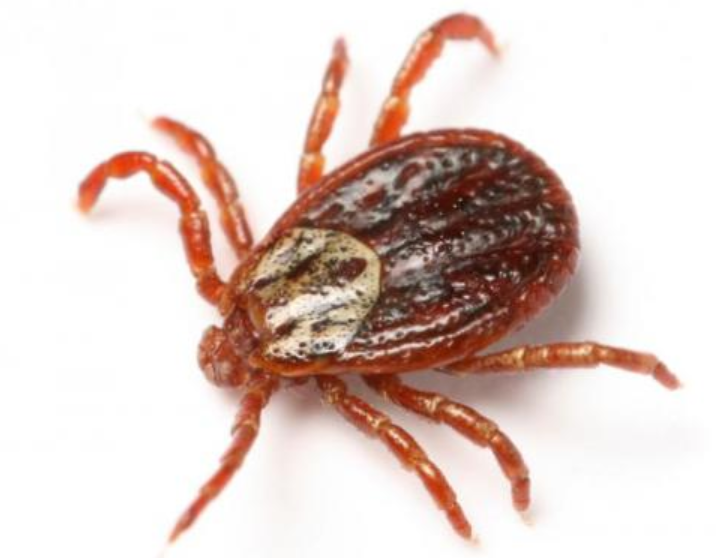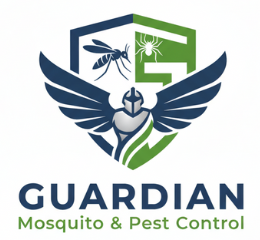
Don’t Let Tiny Terrors Take Hold: The Vital Importance of Flea and Tick Control
As pet owners and property managers in Texas know all too well, fleas and ticks are more than just itchy nuisances. These tiny parasites can wreak havoc on the health and well-being of our beloved animals and even impact human health, leading to discomfort, disease, and unexpected costs. Ignoring flea and tick control is a gamble with potentially serious consequences.
At Bed Bug Texas Termite and Pest Control, we understand the persistent threat that fleas and ticks pose in our Texas climate. We’re dedicated to providing effective solutions to protect your home, your business, and the ones you care about from these troublesome pests.
The Texas Landscape of Fleas and Ticks: Know Your Enemy
Texas provides a hospitable environment for various species of fleas and ticks. Understanding the common types in our region is the first step in effective control:
Common Fleas in Texas:
- Cat Flea (Ctenocephalides felis): Despite its name, the cat flea is the most common flea found on both cats and dogs in North America, including Texas.
- Dog Flea (Ctenocephalides canis): Less common than the cat flea on domestic pets in the US, but still a potential pest.
Common Ticks in Texas:
- American Dog Tick (Dermacentor variabilis): Found throughout Texas, this tick can transmit diseases like Rocky Mountain spotted fever and tularemia.
- Lone Star Tick (Amblyomma americanum): Easily identified by a white spot on the female’s back, this aggressive biter is prevalent in Texas and can transmit diseases such as ehrlichiosis, tularemia, and potentially alpha-gal syndrome (red meat allergy).
- Brown Dog Tick (Rhipicephalus sanguineus): This tick can infest homes and kennels and is a vector for diseases like ehrlichiosis and Rocky Mountain spotted fever (though less common than the American dog tick for the latter).
- Gulf Coast Tick (Amblyomma maculatum): Found along the Gulf Coast, including parts of Texas, this tick can transmit Rickettsia parkeri rickettsiosis, a form of spotted fever.
- Blacklegged Tick (Ixodes scapularis): While more common in the eastern US, this tick is found in some areas of Texas and is the primary vector for Lyme disease and other illnesses.
More Than Just Itching: The Dangers of Fleas and Ticks
The discomfort of flea bites and the unsettling sight of a tick are just the tip of the iceberg. These parasites can transmit a range of health issues and cause significant problems:
Health Risks to Pets:
- Flea Allergy Dermatitis (FAD): An allergic reaction to flea saliva, causing intense itching, skin inflammation, hair loss, and secondary infections.
- Tapeworms: Fleas can carry tapeworm larvae, which can be ingested by pets during grooming, leading to intestinal parasites.
- Anemia: Severe flea infestations, especially in young or small animals, can lead to significant blood loss and anemia.
- Tick-Borne Diseases: Ticks can transmit a variety of bacterial, viral, and protozoal diseases to pets, including:
- Ehrlichiosis: A bacterial disease causing fever, lethargy, and joint pain.
- Anaplasmosis: Another bacterial disease with similar symptoms to ehrlichiosis.
- Rocky Mountain Spotted Fever: A serious bacterial illness that can be fatal if not treated.
- Lyme Disease: While less prevalent in Texas compared to other regions, it can still occur and cause lameness, fever, and joint swelling.
- Cytauxzoonosis (“Bobcat Fever”): A severe and often fatal protozoal disease in cats.
Health Risks to Humans:
- Annoying Bites: Flea bites cause itchy welts, and tick bites can be painful and lead to localized reactions.
- Tick-Borne Diseases: As mentioned earlier, ticks in Texas can transmit serious diseases to humans, including:
- Rocky Mountain Spotted Fever
- Ehrlichiosis
- Tularemia
- Lyme Disease
- Alpha-gal Syndrome (Red Meat Allergy)
- Southern Tick-Associated Rash Illness (STARI)
Damage and Costs:
- Veterinary Bills: Treating flea and tick infestations and the diseases they transmit can lead to significant veterinary expenses.
- Home Infestations: Fleas can quickly multiply indoors, infesting carpets, furniture, and bedding, requiring extensive and costly treatments.
- Lost Business Reputation: For businesses, especially those in the hospitality or pet care industries, a flea or tick problem can damage their reputation and lead to lost customers.
- Discomfort and Stress: Dealing with itchy pets and the worry of potential diseases can cause significant stress and discomfort for families and employees.
Proactive Protection: Preventing Flea and Tick Infestations
Prevention is always the best strategy when it comes to fleas and ticks. Here are essential steps you can take:
- Protect Your Pets: Use veterinarian-recommended flea and tick preventatives year-round. These come in various forms, including topical treatments, oral medications, and collars. Consistency is key for effectiveness.
- Maintain Your Yard: Keep your lawn mowed, trim shrubs and trees, and remove leaf litter and debris where fleas and ticks can hide and thrive.
- Seal Entry Points: Check your home for cracks and openings in foundations, walls, and around windows and doors that could allow rodents (which can carry fleas and ticks) to enter.
- Regular Cleaning: Vacuum your home frequently, especially in areas where pets spend time. Wash pet bedding regularly in hot water.
- Check Yourself and Your Pets: After spending time outdoors, thoroughly check yourself, your children, and your pets for ticks. Remove any attached ticks carefully using fine-tipped tweezers.
Effective Solutions: How Bed Bug Texas Termite and Pest Control Can Help
Even with diligent prevention, flea and tick infestations can still occur. Bed Bug Texas Termite and Pest Control offers comprehensive services to eliminate these pests and prevent future problems:
- Thorough Inspection: We will assess your property, both indoors and outdoors, to identify flea and tick hotspots and understand the extent of the infestation.
- Targeted Treatments: We use safe and effective treatments to eliminate fleas and ticks at all life stages. This may include:
- Indoor Treatments: Application of insecticidal sprays, foggers, or dusts to carpets, upholstery, and pet bedding areas.
- Outdoor Treatments: Application of granular or liquid insecticides to lawns, landscaping, and other areas where fleas and ticks may be present.
- Pet-Friendly Options: We understand the importance of protecting your pets and can discuss treatment options that are safe for your furry family members.
- Preventative Strategies: We will provide you with recommendations for ongoing preventative measures to minimize the risk of future infestations.
- Integrated Pest Management (IPM): We utilize an IPM approach, focusing on long-term solutions that combine treatment with environmental modifications and preventative practices.
Don’t underestimate the threats posed by fleas and ticks in Texas. Protect your family, your pets, and your property by partnering with Bed Bug Texas Termite and Pest Control. Contact our Tick & Fleas Pest Control today for a consultation and let us help you create a pest-free environment.
